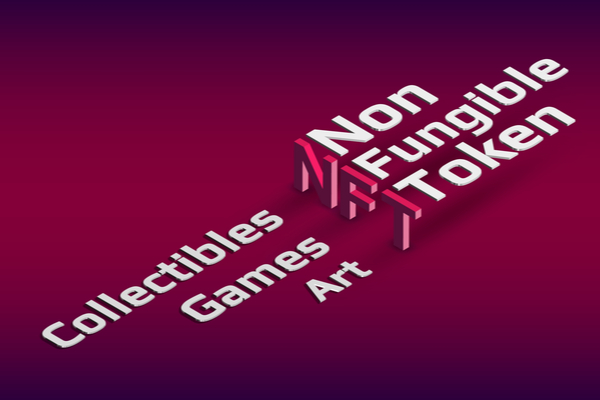As The Verge reported, Twitter said in September that it would add a way for users to authenticate non-fungible tokens (NFT), and now the feature is live — if you pay for a $2.99 Twitter Blue subscription and are using an iOS device.
On one hand, NFT profile pictures could be viewed as an incredible technology integration adding real utility for verified digital items. Alternately, it’s an unmissable signal pointing out the people that you should block or mute before they try to sell you some of their blockchain receipts.
No matter what your opinion of easily reproduced digital trinkets is, Twitter is integrating them in a way that separates ridiculous images of cartoon apes that have been right-clicked for use as standard profile pictures from ridiculous images of cartoon apes that are connected to blockchain tokens by adding a special “soft hexagon” shape around them.
At launch, Twitter is supporting several crypto wallets that users can connect to their profiles and verify that their tokens are of the non-fungible variety.
- Argent
- Coinbase Wallet
- Ledger Live
- MetaMask
- Rainbow
- Trust Wallet
However, one side effect of limiting its interaction with the blockchain to a list of approved sources means that information on who owns what is not as decentralized as you may think. As App Researcher Jane Manchun Wong noted earlier last week, a database outage that knocked the OpenSea API offline for a few hours caused Twitter’s NFT collection pages to lose their information too.
Despite Twitter’s list of wallets, there are people who think it isn’t doing enough to verify the provenance of NFTs. As Adam Hollander points out, Twitter’s setup and hexagon logo only checks to see if there is an NFT connected to the user’s wallet — it doesn’t check or tell viewers if that NFT is verified as belonging to a high-profile collection (like the Bored Ape Yach Club, for example). You could go through the same right-click save exercise mentioned above, mint the image as a new NFT, and on your profile page, it will look identical to that of a person who has ownership of the verified image.
The only way someone can tell if your NFTs are actually from the collection that they appear to be is to click on your profile picture and check the details. Otherwise, a fake BAYC toke can easily look at first glance just like the officially minted one. Twitter’s head of consumer product marketing Justin Taylor says this is on purpose, and that “We don’t want to limit this to just verified collections, that would be wrong, and non supportive of the broader nft movement. Anyone SHOULD be able to mint anything and make it their nft.”
This FAQ explains the process (while trying to make sure NFT owners avoid clicking a phishing link instead of Twitter’s official ones, which is an all-too-frequent vector for NFT theft), and answers the question of what happens if you sell the NFT that’s in your picture. As it turns out, Twitter will continue to display the image, regardless of what the blockchain has to say about who owns it, however, it will revert to a common circle frame instead of the special crypto wallet-only hexagon shape.
If you see someone flashing one of these images and need to know more about their items, you can click on the hexagon profile pic. select ViewNFT details and find out information about the “NFT owner, NFT description, collection, properties, and additional details.”
WHAT’S AN NFT?
NFTs allow you to buy and sell ownership of unique digital items and keep track of who owns them using the blockchain. NFT stands for “non-fungible token,” and it can technically contain anything digital, including drawings, animated GIFs, songs, or items in video games. An NFT can either be one-of-a-kind, like a real-life painting, or one copy of many, like trading cards, but the blockchain keeps track of who has ownership of the file.
NFTs have been making headlines lately, some selling for millions of dollars, with high-profile memes being put up for auction. There’s also a lot of discussion about the massive electricity use and environmental impacts of NFTs. If you (understandably) still have questions, you can read through The Verge’s NFT FAQ.
—
Photo Credit: Vladimir Kazakov / Shutterstock.com
